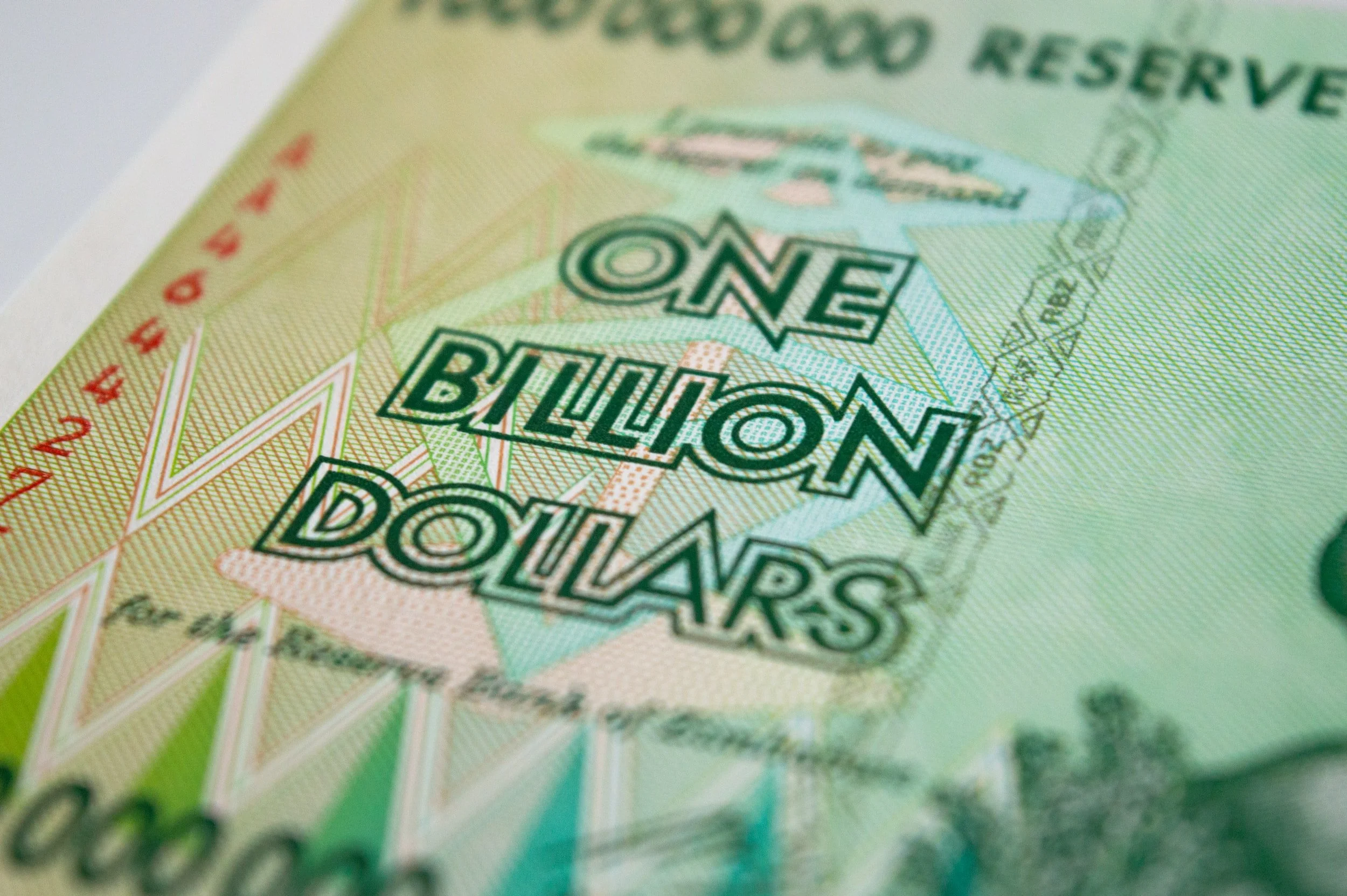According to Pitchbook:
“PE exits in the US dropped from $876.7 billion in 2021 to $295.8 billion in 2022, according to PitchBook's 2022 Annual US PE Breakdown, as investors held onto assets longer to ride out rising inflation, geopolitical turmoil and public market volatility. At the same time, the IPO market almost completely dried up, with public listings accounting for only 2.5% of exit value last year.
The secondary market—specifically continuation vehicles and GP-led secondaries—offers alternative exit opportunities for GPs hoping to satiate investor demand for liquidity. A GP can retain an asset through a continuation vehicle by moving a trophy asset from one fund to another. In this type of transaction, LPs have the option to liquidate on the secondary market and GPs can retain the asset until the market becomes more favorable for a sale. Lazard pegged 2022 as the second highest year on record for secondaries issuance and 2023 is setting up to be even bigger.”
The capital markets are finding ways to continue to fund deals through the double-barrel gutshot of increasing interest rates and higher inflation.
What does this mean for Main Street (Middle Market) Businesses?
While deal volume is certainly down from the record levels of 2021, PE firms report a decrease in reserves of only about 10%, meaning there is still about $800B of liquidity in the system. The question is how much is earmarked for new deals and how much is available for new platform acquisitions and add-ons?
As the graphic above shows, the 2021 vintage year has the greatest remaining bucket of cash followed by 2022. Funds in these vintage years are still in their deployment phase so most of that capital is available to new acquisitions whole older vintage years will see fewer add-ons with the majority of cash reserved for operations.
While it makes sense to time an exit during a period of low interest rates, low inflation and relative economic stability, there is still plenty of capital available for quality businesses with consistent performance.
The professionals at Vertical Capital Advisors have experienced many market cycles and can help you realize the maximum value for your business if now is the time consider an exit.
https://files.pitchbook.com/website/files/pdf/2022_Annual_US_PE_Breakdown.pdf









